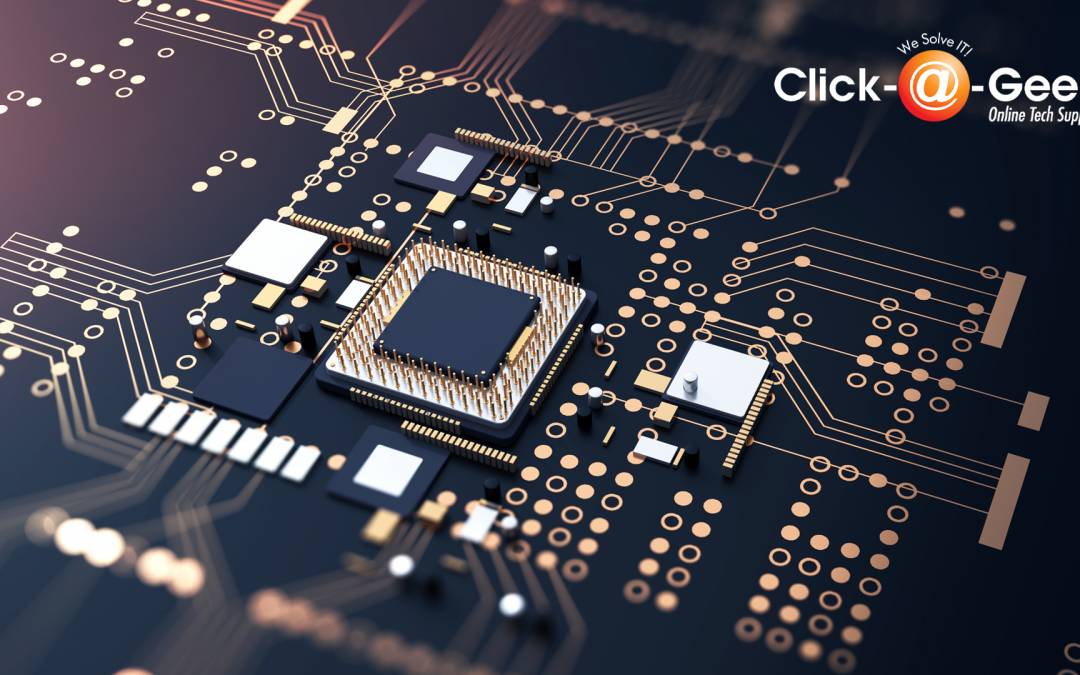Overclocking your processor means increasing the clock multiplier on your motherboard. This can yield better performance on your processor and can improve its lifespan. Increasing the clock multiplier increases the speed at which your processor spins. Because your processor has no central processing unit, its performance will be determined by the speed of its motherboards. If you overclock your processor, you’ll get better performance and faster speed.
Overclocking your processor can be risky, however. Many overclocked processors have different methods of overclocking, meaning that this will not work as a universal guide for all overclocked PCs. If you’re looking for an overclock on your pc, consult a PC specialist, or an online computer repair service. While you may get better results using a certain method, there are other ways to increase performance on your computer.
Your motherboard can determine the clock multiplier on your processor. Many overclocked processors are designed with higher clocks in mind. If you want your computer to run faster, you need to add more RAM or upgrade to a more powerful processor. Many older computers have what is called an integrated motherboard, which only uses one chip. This chipset the clock multiplier, which affects the speed of your processor and your computer’s overall performance.
The type of socket you have on your computer dictates how many pins the CPU needs to draw to operate. sockets can either be AGP or High-Bandwidth PCI and if you overclock your processor, you need a new motherboard. If your new computer came with an old AGP socket, it’s likely that you can upgrade to a high-bandwidth PCI one with a few simple upgrades.
Many overclocked processors use a different voltage than their stock counterparts. You can change the voltage by purchasing a voltage controller chip and modifying the voltage on your CPU. Be careful not to place the chip near any wires or power sockets as it could electrocute you. Another option is to buy a separate voltage controller chip. These are relatively inexpensive and easy to install.
If your computer has two separate chips, it’s possible to overclock both at the same time. To do this, place the overclocked component on the motherboard, and disable the non-overclocked component on your PCB. Put everything back together and put your pc through some testing. When you find your pc running at overclock speeds, test it again. If the test result is the same, then you’ve successfully overclocked your processor.
Some computers will start to display errors when you overclock your processor. Typically, this is due to incompatible memory modules or a faulty cooling system. If this is the case with your computer, replace the damaged parts. If you are still getting performance errors, you may also want to update your RAM and add a more powerful CPU.
Overclocking your processor means that you’ll have to buy an expensive, high-quality CPU cooler. If you overclock your CPU, you could experience significant harm to your computer. To avoid damage from overclockers, many companies include manuals with their products. These guides help you get your PC running smoothly and minimize potential damage to your computer.
When you overclock your processor, you might experience a performance increase of around 10%. This is often more than enough to justify an upgrade in terms of price. Unfortunately, many computer users do not know how to overclock their processors. Fortunately, it is possible to overclock your processor without the help of professional overclockers.
The easiest way to overclock your processor is to use an automated tool such as Prime95. This easy-to-use software will allow you to quickly and easily overclock your computer. When you overclock your processor, your computer should run much faster for a longer amount of time. Prime95 can automatically detect your processor’s voltage, clocks, and multiplier and automatically overclock your processor for you.
To overclock your processor by hand, you should first disconnect your computer from the power source. Unplug the power cable from your computer. You should then locate the voltage control on your motherboard and eliminate any extra belts or power feeds. Next, place a load testing device (a load tester or a CPU load tester) next to the PC and turn the PC’s speed setting to its optimized level.
Many people overclock their processors by using computer cooling devices such as water coolers. While these may work well in some cases, they will usually not perform as well for an overclocked processor due to increased heat generation from the heat sink. If your CPU will not fit into a standard-size water cooling tray, you can purchase one with holes already cut into it. You can then install a water cooler of standard size, fit it to the underside of your CPU, and place your computer’s regular cooling plate on top of the water cooler.



Recent Comments